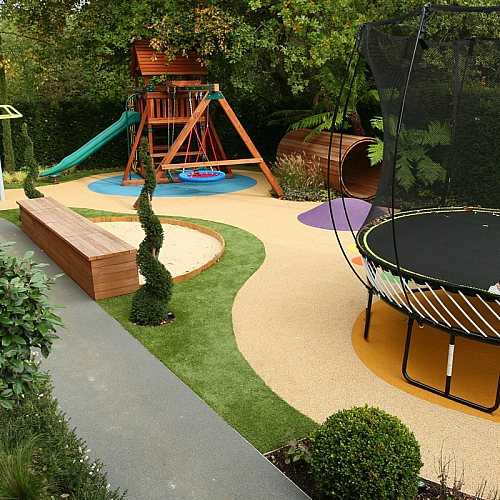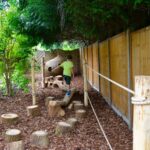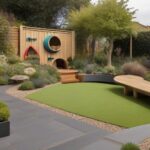Gardening can be a fun and educational activity for kids of all ages. By involving children in garden design, they can learn about plants, nature, and responsibility while also having a blast getting their hands dirty. Here are some ideas for creating a garden that is perfect for kids.
One important aspect of garden design for kids is to create a space that is easy for them to access and work in. Consider building raised beds or containers that are at a height that is comfortable for children to reach. This will make it easier for them to plant, water, and harvest their own fruits and veggies.
It’s also important to choose plants that are easy to grow and maintain. Kids may not have the patience or attention span to care for high-maintenance plants, so opt for varieties that are hardy and require minimal upkeep. Some good choices for kid-friendly gardens include sunflowers, marigolds, zinnias, and cherry tomatoes.
Incorporating fun and whimsical elements into the garden can make it even more appealing to kids. Consider adding a fairy garden, where children can create miniature houses, furniture, and decorations for their imaginary fairy friends. Or set up a scavenger hunt with hidden treasures or clues for kids to find while exploring the garden.
Teaching kids about the importance of pollinators and beneficial insects is another key aspect of garden design for children. Provide space for plants that attract bees, butterflies, and other pollinators, such as milkweed, coneflowers, and lavender. This not only adds beauty to the garden but also helps to support the local ecosystem.
Don’t forget to include some spaces for kids to play and relax in the garden. Create a designated area for outdoor games or a cozy reading nook where kids can escape with a book. Adding a kid-sized bench or table for drawing, crafting, or snacking can also make the garden a more inviting space for children to spend time in.
Finally, involve kids in the planning and designing of the garden from the start. Let them help choose the plants, colors, and decorations, and give them ownership over their own little green space. By engaging children in the process, they will develop a sense of pride and responsibility for their garden and will be more likely to enjoy and care for it in the long run.













